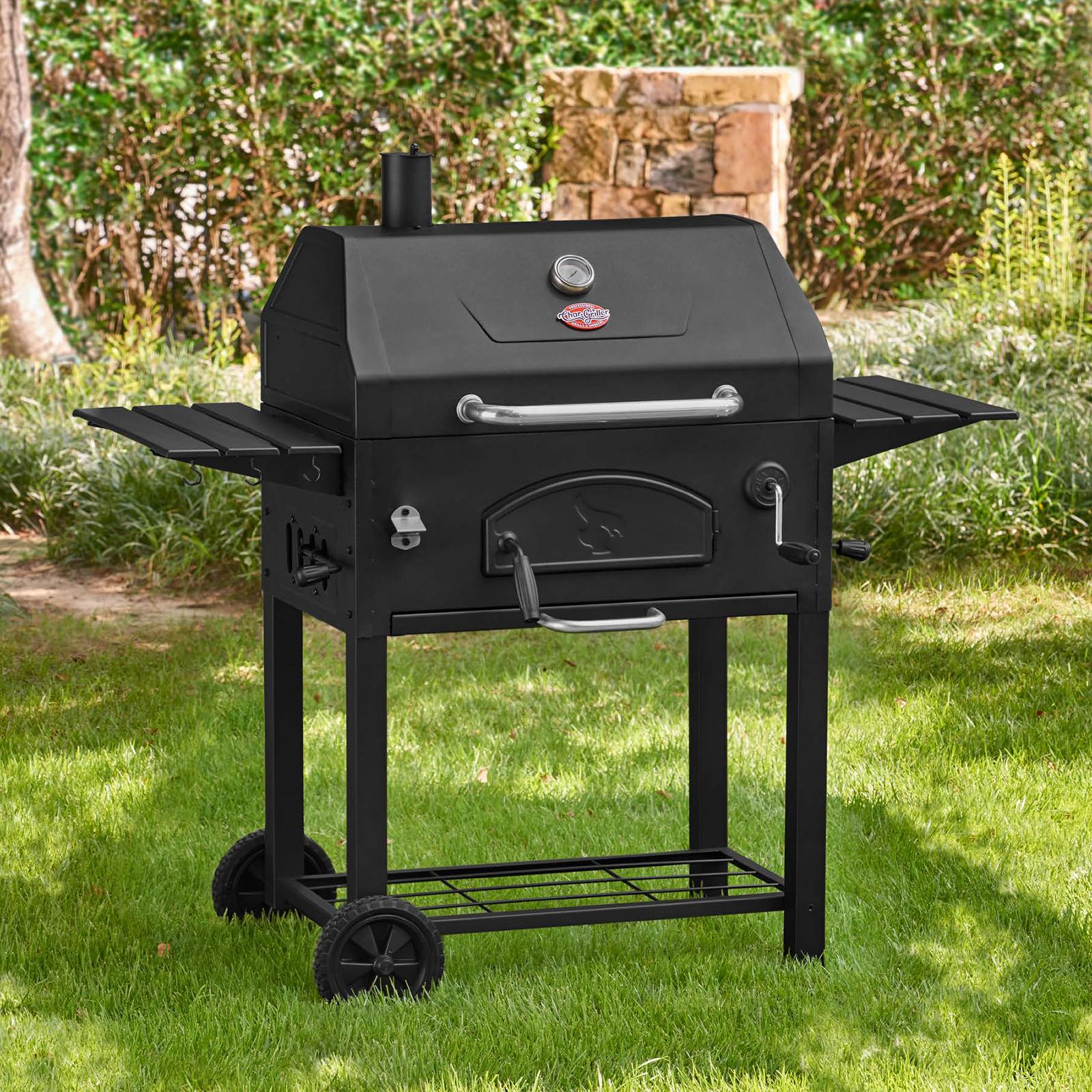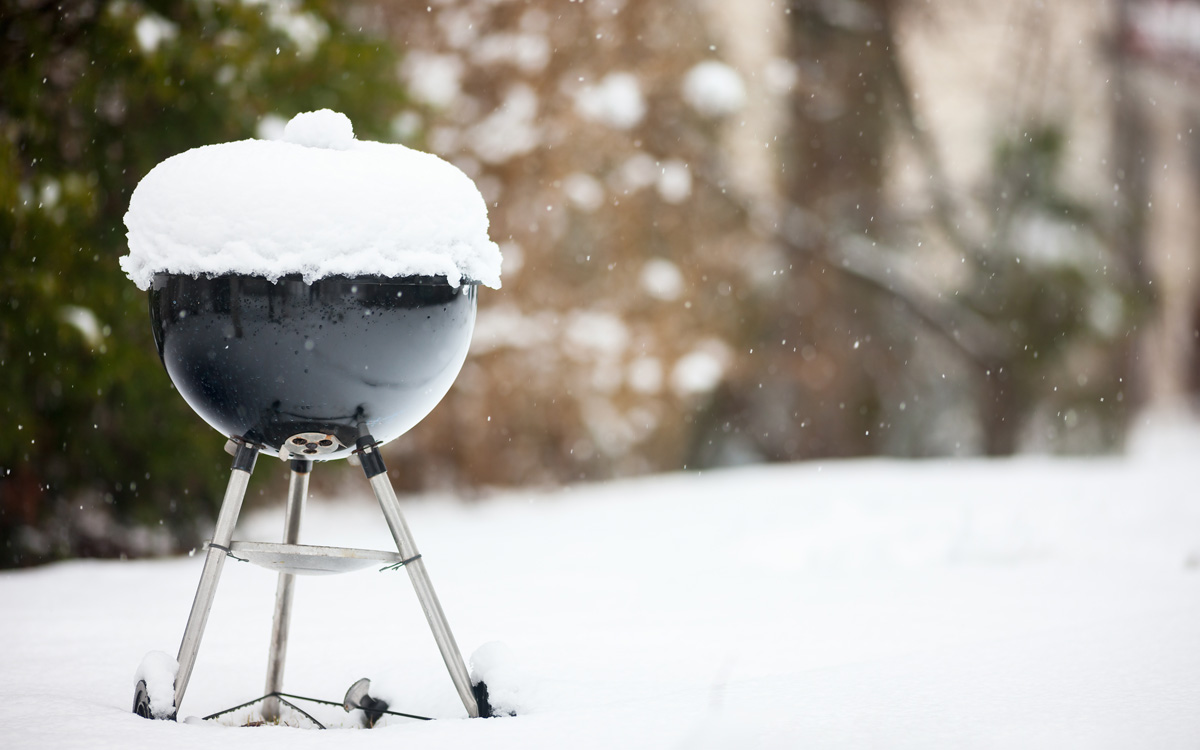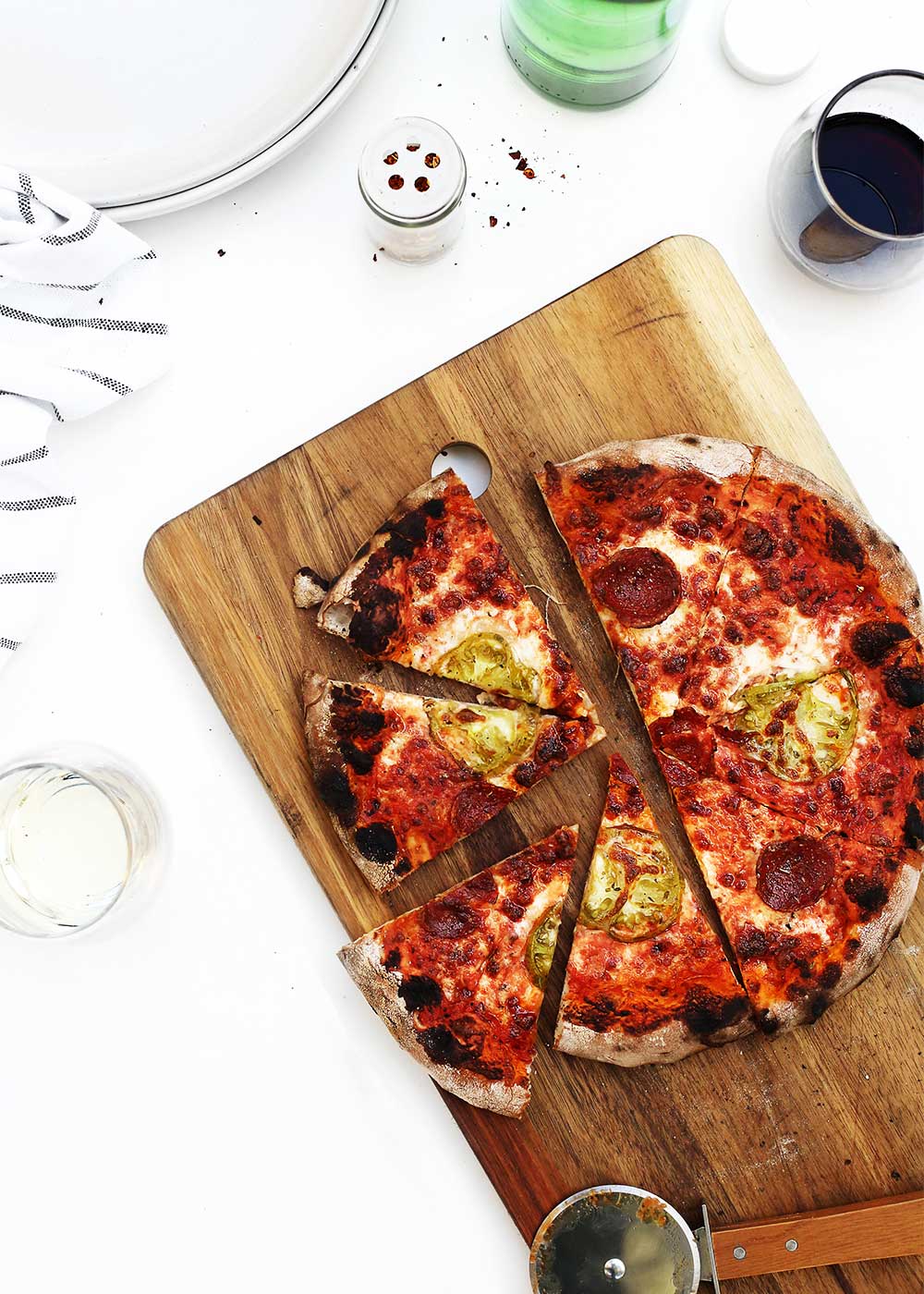
Grill flames can burn your food, especially when there are oil and fat drips from your food. This fire can start before your food is put on the grill. You must first determine the severity of the flames. You may not notice any flames, and they will usually be very small. If you notice any signs of flare-ups, you can try two methods: cover the lid with aluminum foil and turn off the burners. Then, you can sprinkle the area around your cooking food with baking soda, sand, or salt. After you've done this, close the lid and vents to prevent any more oxygen from reaching the food. If you are still concerned, wait for 30 seconds before you attempt to control the flames.
Cover the grill and let it rest for a while if you are concerned about grill flames. This is because fire requires oxygen in order to survive. Therefore, cutting off oxygen will cause it's to go out. So, cover the grill and keep an eye out for any flare-ups. You can resume your normal activities once the fire has been extinguished. Cooking can be resumed once the grill flames have gone. If you're not careful you might cook food that's burned to the bone.

It is best to keep your food safe from flare-ups. To put out any flames, you can spray the bottom of your grill with water. If the flames seem small, you can spray some water under the food to put out the fire. You can dial 911 for emergency assistance if the flare up is severe enough to endanger the supply hose.
Oil dripping or excess fat is the leading cause of grill flames. Excess fat or oil dripping is the most common cause of a grill catching on fire. To avoid flare-ups, it is important to position the grill out of the wind. A grill shield will protect your food from getting ruined and can prevent them leaking. It is important to have a shielding cover in order to control the flames.
Flare-ups can be prevented by keeping the grill clean. If there are too many drips on the grill, flare-ups could occur. Although drippings can be very hot, it is possible to reduce the fat content of your meat. You should remove excess fat from your meat before you prepare the food. You should not cut out all the fat from the meat to prevent it from causing a problem.

To prevent flare-ups, ensure you have a grill cover. A grill cover will prevent the flames from getting oxygen. If you grill over gas, the cover will prevent any harm to the meat. This will help to prevent the fire spreading and the grill from burning. This will help you avoid a flare up.
FAQ
Do I need any special equipment to cook?
It doesn't take any special equipment or tools to learn to cook. The right tools can make cooking much easier. To make pasta easier, you can use a knife to cut the pasta and a whisk to whip up egg whites to stiff peaks. The right tools make cooking easier and faster.
What is the difference between a chef & a cook?
A chef prepares food to be served to others. A cook prepares the food for oneself. While both jobs involve the preparation of food, a chef interacts directly with his customers. This means that they may have to decide what dishes to prepare for their customers based on their preferences. The cook does not have to interact directly with customers. Instead, a cook makes sure the food tastes good before delivering it to customers.
What is the cost to study culinary arts?
The price of studying culinary arts varies widely. For example, a four-year degree typically costs around $40,000. On the other hand, a two-year associate's degree may cost less than $5,000. Tuition rates vary depending on what program you choose. The prices charged by private institutions are generally higher than the public.
What does a culinary program cost?
Prices for Culinary School vary depending upon where you go, what program you select, and how long you stay there. The average tuition cost is $10,000-$30,000 annually. Most students graduate with about $20,000 in debt. However, some programs offer scholarships, grants, and work-study opportunities.
Statistics
- On average, chefs earn $58,740 a year, according to the BLS. - learnhowtobecome.org
- According to the BLS, chefs earn $58,740 a year. (learnhowtobecome.org)
- The median pay for a chef or head cook is $53,380 per year or $25.66/hour, according to the U.S. Bureau of Labor Statistics (BLS). (learnhowtobecome.org)
External Links
How To
How to make a perfect Omelette
Omelets is one of my favourite breakfast foods. But how do you make them perfectly? I've tried many recipes and different methods but none have worked. I have some tips and tricks to help you make delicious, fluffy omelets every single morning.
It is important to know that eggs can be temperamental when making omelets. Eggs must be purchased fresh, preferably organic, and kept chilled until ready for cooking. They must be kept cool, otherwise the whites will not form properly and the yolks may become runny. This causes your omelets to look oddly colored. It is best to use room-temperature eggs if you are going to cook them right away.
You might also try separating the egg before adding to the pan. The yolk and white should not be mixed together as this can cause the omelet's curdle.
You might burn the bottom of the egg if you place the egg directly on the stovetop. This could ruin the texture of your omelet. Instead, heat the egg in a microwave for 10 seconds and then place it in a pan. The microwave heat cooks your egg just right, without it becoming too soft.
Next, let’s talk about mixing the egg. Mixing eggs together is important. You need to beat them well. To do this, grab the bowl of the mixer and turn it upside down. Then, vigorously shake the bowl. This will whip the air around the bowl and mix the egg well.
Now it's time to have fun: pour the milk into the mixture. First, pour half of the milk into the beaten eggs and then fold the eggs gently into the remaining milk. Do not be alarmed if there are still egg streaks visible. Once the omelet flips, these streaks will disappear.
After folding the eggs, place the pan on medium heat and wait for the oil to start sizzling. When the oil is hot enough, add 1/4 cup butter to the pan. Stir it around until the butter covers the entire pan. Open the lid and sprinkle salt on the pan. A pinch of salt will prevent your omelet from sticking in the pan.
Once the omelet has formed completely, cover the pan and let it set for a few minutes. Flip the omelet with a spatula, or flip it upside down. Cook the opposite side for another minute. Serve the omelet immediately by removing it from the pan.
This recipe is best made with whole milk. However, it can also be used with skimmed milk.